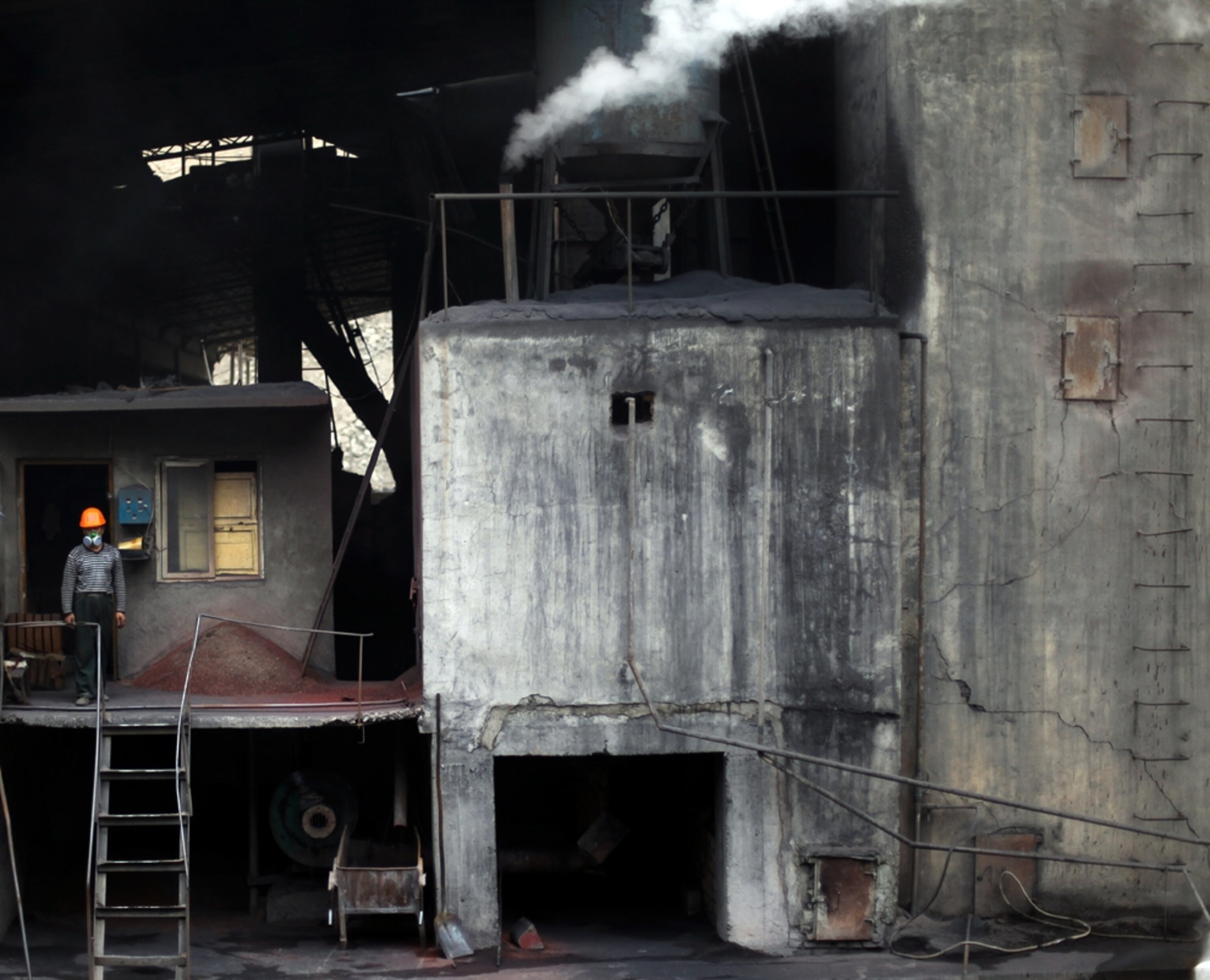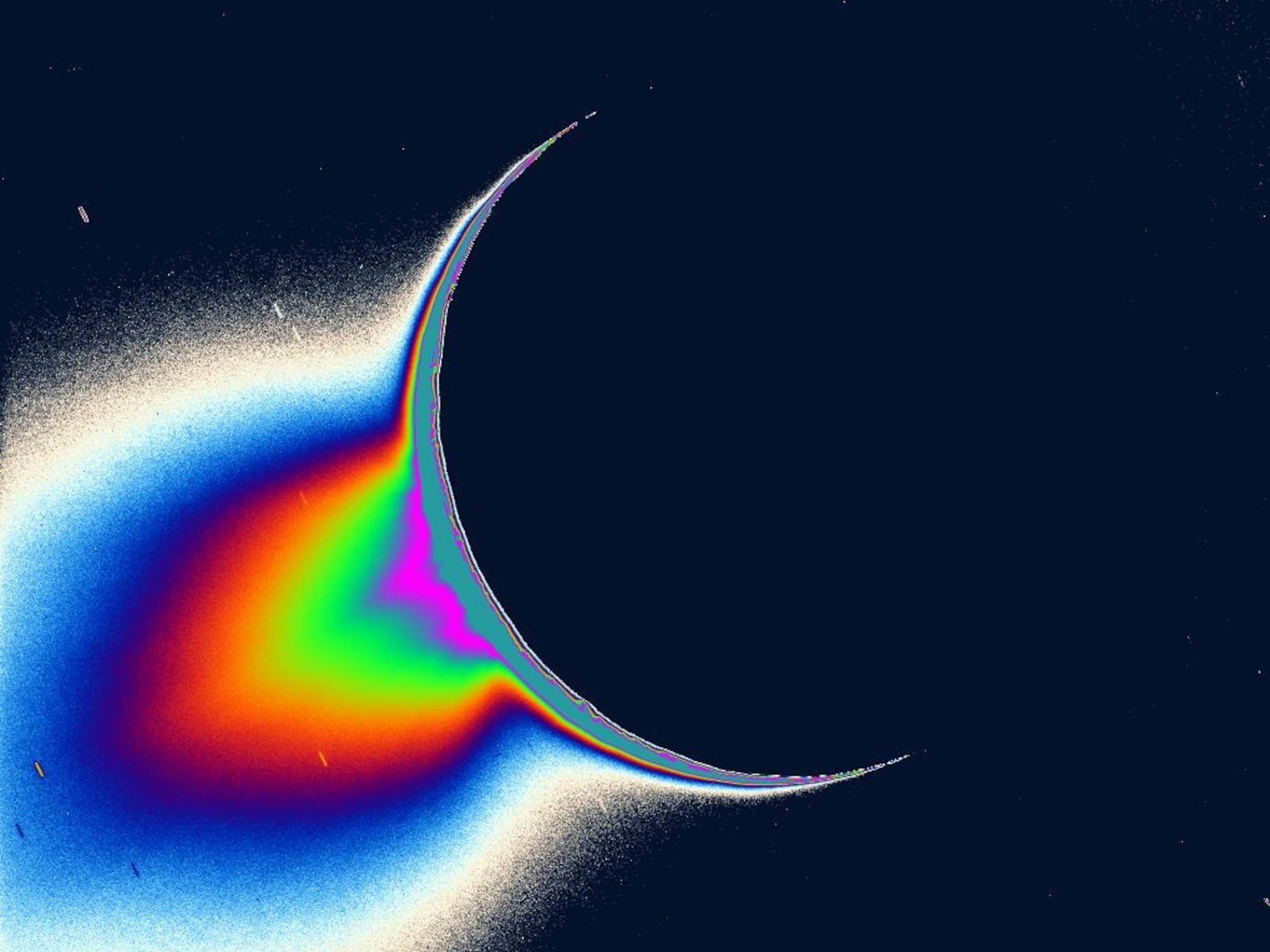
New Chemistry, Less Energy Could Yield Greener Cement
Making cement is one of the world’s most carbon-intensive endeavors, but German researchers think they’ve mixed a better building solution.
This story is part of a special series that explores energy issues. For more, visit The Great Energy Challenge.
Cement is so common it’s nearly invisible. But the material that’s used to construct everything from bridges and office buildings to pools, sidewalks, and skate parks is one of the world’s largest contributors to greenhouse gas pollution.
About 5 percent of the world’s carbon dioxide emissions rise from the cement kilns that make the key ingredient of civilization’s hard surface areas. That’s roughly double the amount from the jet fuel burned in all global air travel.
Technically known as “Portland cement,” named after the craggy peninsula (map) where building stone was originally quarried in industrial-age England, cement is the binding agent, or glue, that makes concrete stick together and fastens one brick to another. The world’s construction industry would literally fall apart without cement.
(Related: "Climate Change Talks Hinge on 'Green Growth,' says De Boer")
Because it’s so ubiquitous, cement has become a focus for a handful of companies hoping to find ways to reduce or reverse its role as a climate change villain.
A One-Two Climate Punch
The problem lies in cement’s chemistry, which is a sort of double-whammy of CO2 production. To turn Portland cement’s key ingredient, calcium carbonate—found in limestone or chalk—into a finished product called alite, the minerals must be broken down in kilns heated to more than 2,550ºF (1,400ºC). The heating process uses tremendous amounts of energy, which is typically generated using coal, the most carbon-intensive fossil fuel.
Then, the ensuing chemical process releases a second wallop of CO2 as a byproduct of turning calcium carbonate into calcium oxide. In total, producing a ton of cement releases 1,700 pounds (770 kilograms) of CO2 into the atmosphere.
Given the sheer volume produced—about 3 billion tons per year—it adds up to a staggering greenhouse gas problem. Almost all of the world’s fine, gray cement powder is mixed with sand, aggregates, and water to make concrete, which is second only to water as the most consumed substance on earth, according to the World Business Council for Sustainable Development. Three tons of concrete are used annually for each person on earth, and the amount is growing.
Some firms, like California-based Calera and UK-based Novacem, say they’ve come up with ways to produce cement that actually traps CO2, resulting in a negative CO2 balance. But critics have been skeptical of these carbon-capture claims, which haven’t yet been convincingly demonstrated, says Carnegie Institution for Science climate scientist Ken Caldeira.
Cement producers have been able to chip away at energy use over the years by using more efficient equipment and operations. But a process that could dramatically reduce the amount of energy it takes to produce cement or the amount of CO2 cement puts out could be a breakthrough in terms of reducing greenhouse gas emissions. At Germany’s Karlsruhe Institute of Technology (map), chemist Peter Stemmermann says his lab has an approach that will do both.
Called Celitement, it’s a sort of an imitation cement that is heated to about 570ºF (300ºC) a fifth of the temperature needed by regular cement—a huge energy savings. By starting with a mixture lower in calcium and using different kinds of silicon components than ordinary cement, and by adding water earlier in the process, among other things, Stemmermann’s ersatz cement alters the chemical reaction and slashes the amount of CO2 unleashed.
The finished product can be used in standard-issue construction machinery. “You just have to mill it a little bit, and it reacts like ordinary cement,” Stemmermann says. “Everybody wants a cement that can be used with regular machines.”
Overcoming the Cost Barrier
Carnegie scientist Caldeira says Celitement’s more conservative claims are a refreshing change. “They seem to have attacked this on both scores—less calcium oxide and less heat,” he says. “If they can do it and do it affordably, more power to them.”
Stemmermann says affordability is, indeed, Celitement’s biggest challenge. “We need less energy, but to start with, we will be more expensive,” he says. “If you just compete with ordinary Portland cement, you have to be cheaper—and that’s just not possible.”
For now, Stemmermann and his partners are pushing Celitement, which seems to be more resistant to corrosion than ordinary cement, as a solution to specific needs. One application, he says, might be wastewater treatment plants, where harsh chemicals are used in concrete-lined lagoons full of waste. The chemicals eat away at the cement in normal concrete, meaning it has to be replaced often; Stemmermann thinks Celitement would last longer, saving money in the long run even if it cost more to start with. “If you come up with a cement which is more durable, nobody has a problem to pay more,” he says. “We need to have some additional value.”
So far, Celitement has been produced on a very small scale in Stemmermann’s Karlsruhe lab, a few pounds at a time. But investors are impressed enough to fund a small pilot plant scheduled to open in 2011, and the German cement company Schwenk is working with the researchers to open a plant that can churn out 66,000 tons of Celitement a year by 2014. If the method takes off, it could make a significant dent in the construction industry’s contribution to greenhouse gases.
(See map, "Four Ways to Look at Global Carbon Footprints")








